If you are familiar with the Notre Dame cathedral in Paris, then you probably have an idea of what Gothic Architecture looks like. Rib vaults, stained-glass windows, flying buttresses, and pointed arches are all defining features of this centuries-old style of architecture. Let’s not forget the sculptures of gargoyles and other ominous figures guarding the walls of the exterior. However, contrary to popular belief, Gothic architecture does not necessarily pertain to the dark and macabre. Nevertheless, some of its aesthetics may appear to carry some sinister tones, especially at first glance. Since today is Friday the 13th, why not acknowledge it by getting acquainted with this extravagant style of architecture and design?
Roots of Gothic Architecture and Design
Gothic architecture came into existence in the mid-12th century, and maintained prevalence until the 16th century. Throughout its timespan, this architectural thought evolved out of its ancestral Romanesque style and went through two main phases 一 namely, the High Gothic years followed by the Late Gothic years. The initial phase, however, was known as Early Gothic (aka Lancet). One of the first buildings to adopt this style was the Basilica of Saint-Denis of Paris, which was built in 1144.
The High Gothic years, which lasted from 1250 AD to 1300 AD, were mainly seen in France. Initiated by the cathedral of Chartres in northwestern France, this period brought forth the Rayonnant style of Gothic architecture in the 14th century. One of its main features, the pointed arch, may have taken some inspiration from Islamic architecture in Spain.
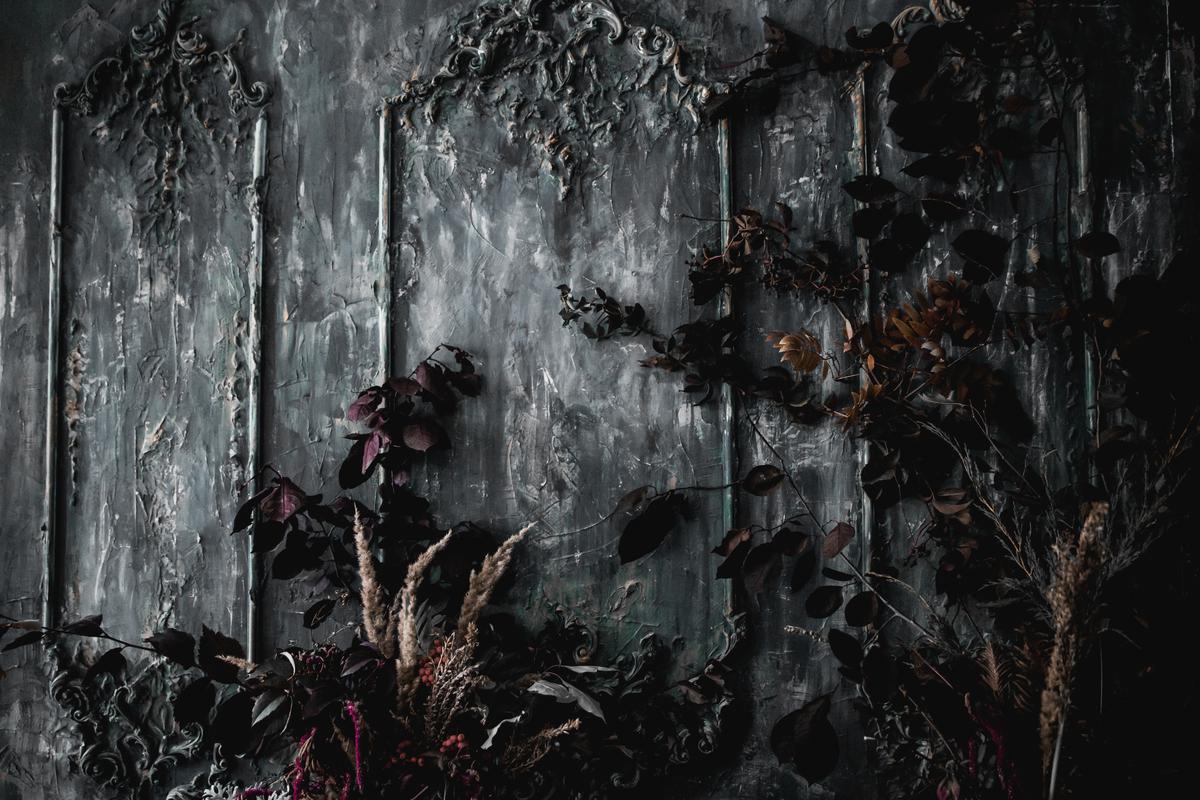

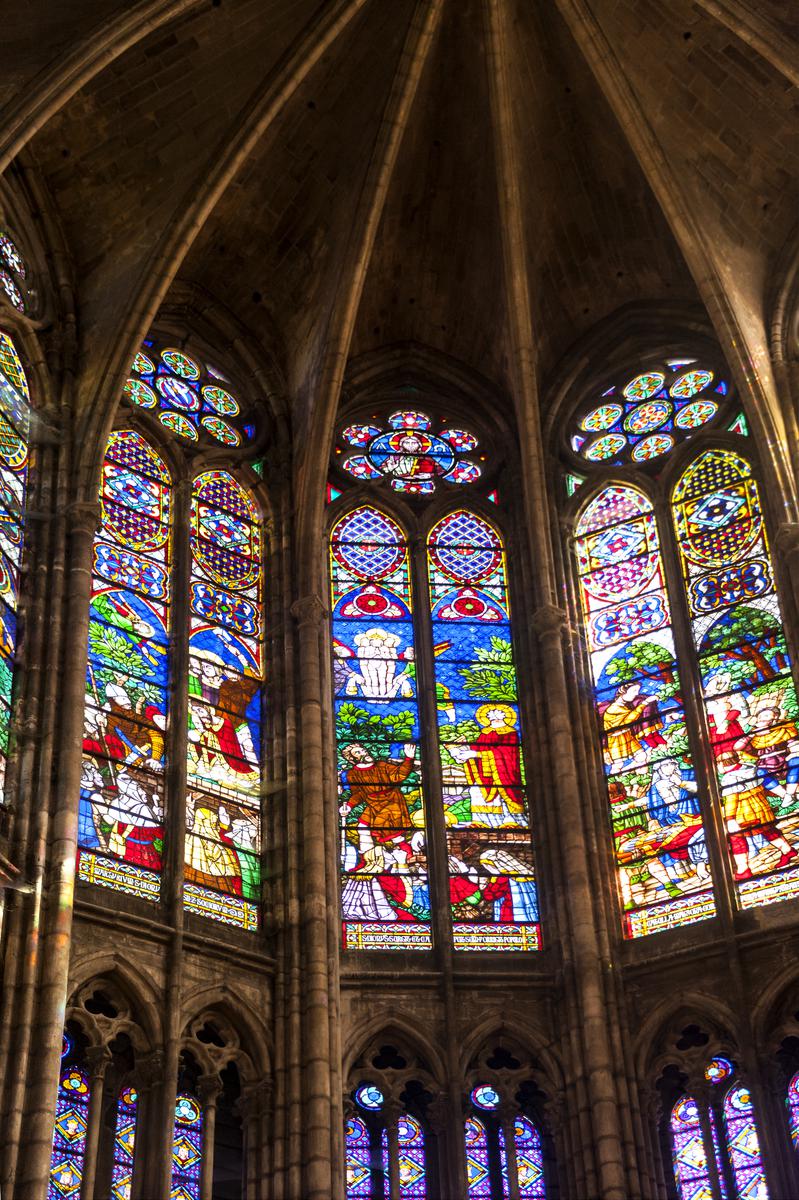
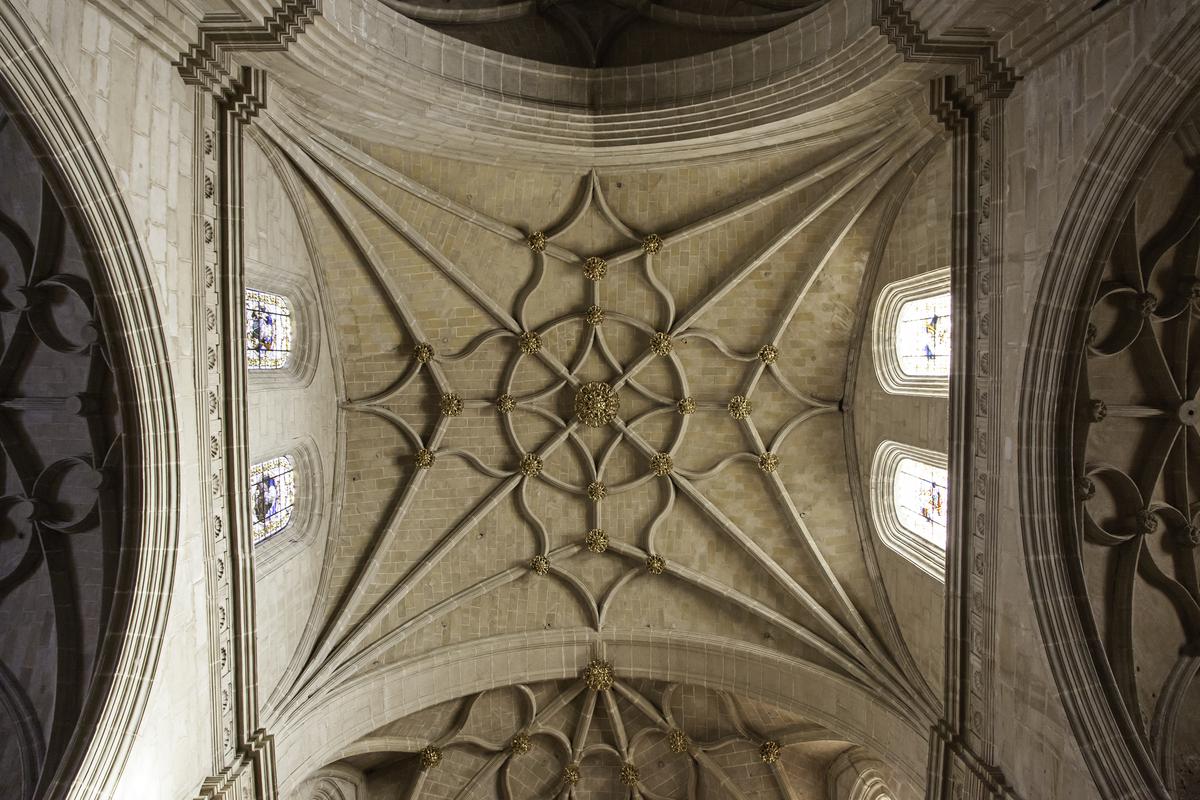
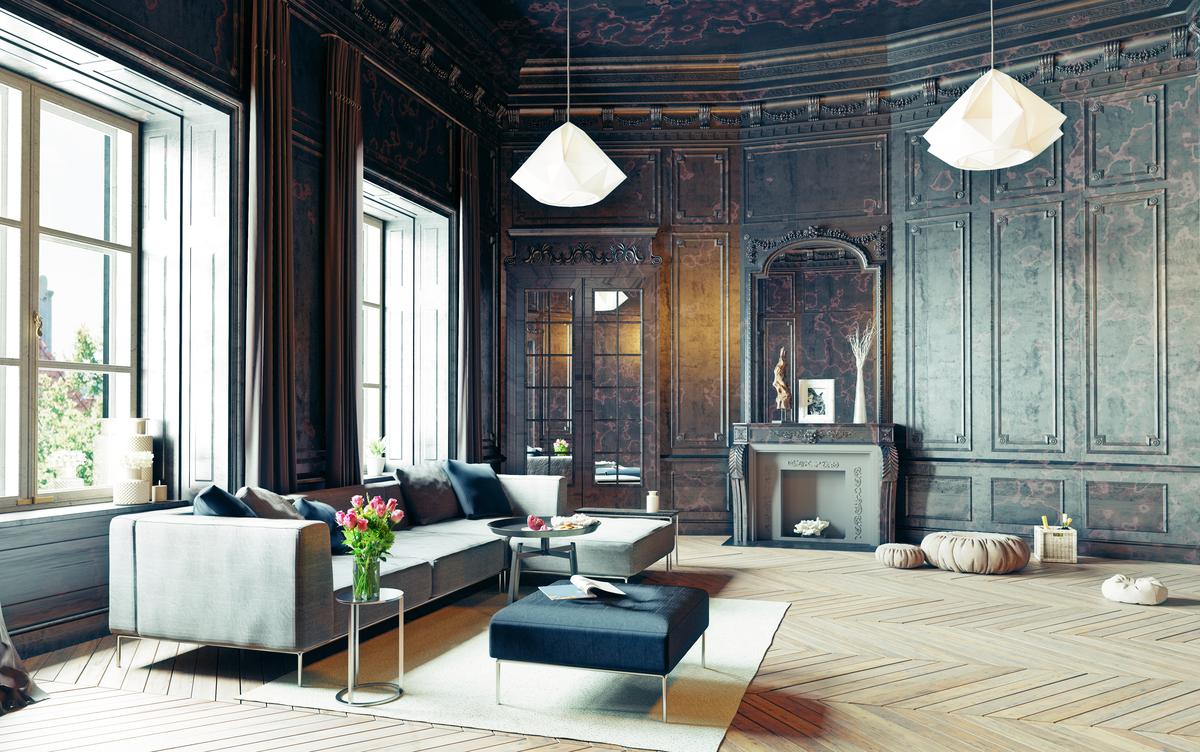
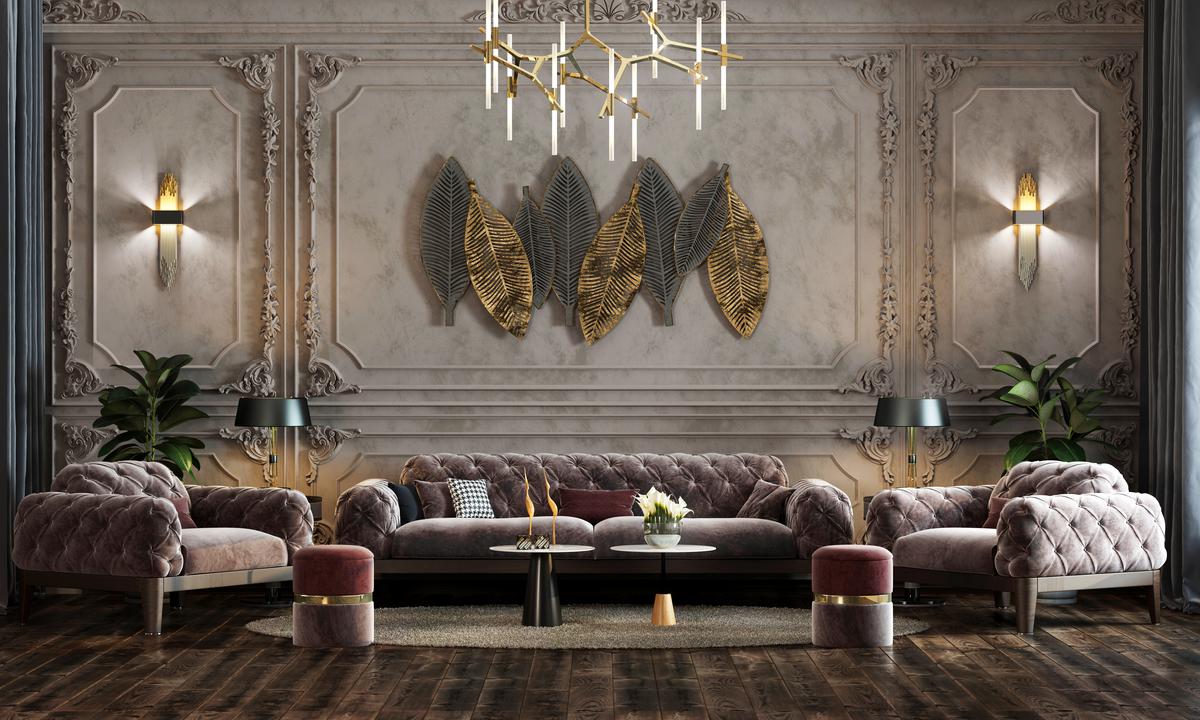
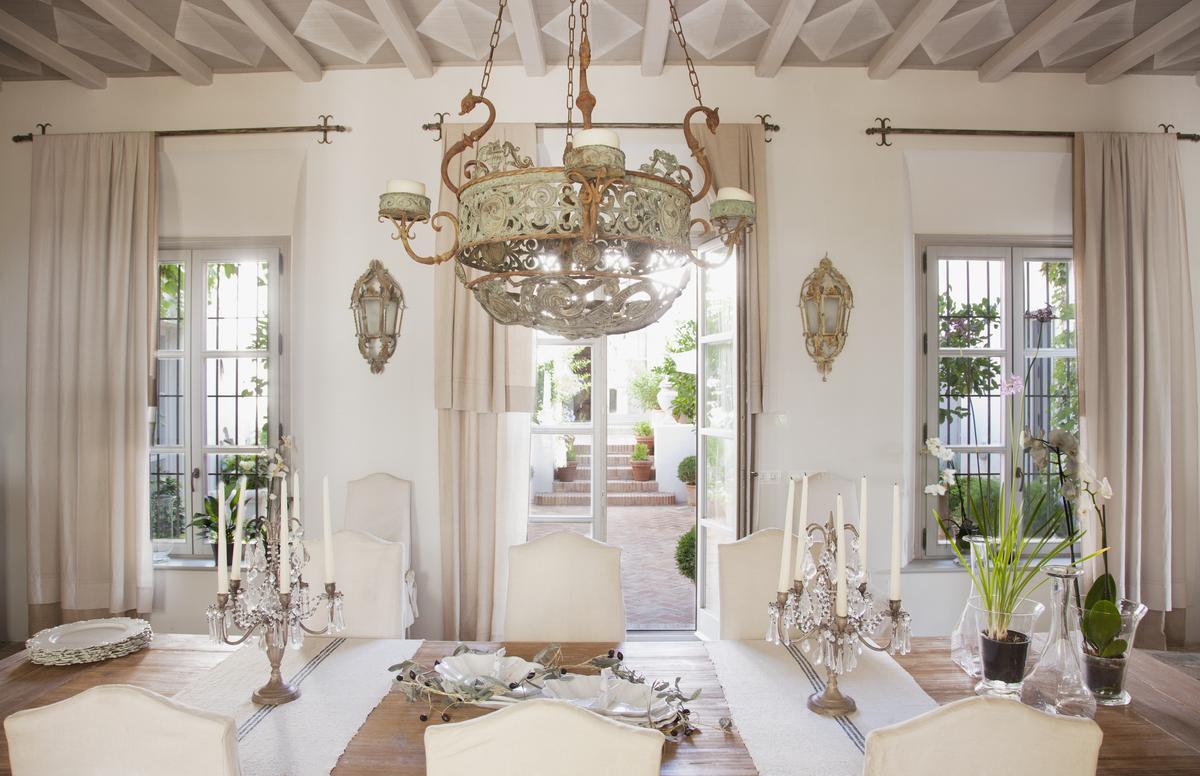
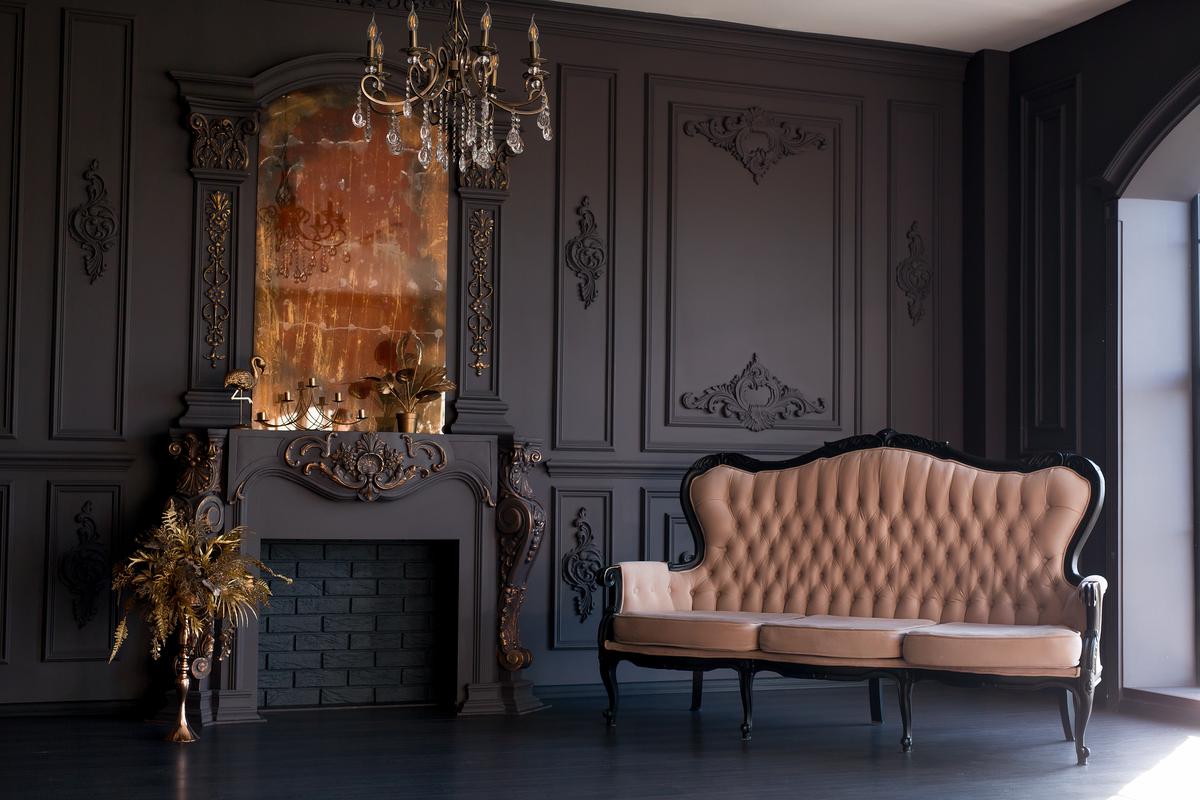
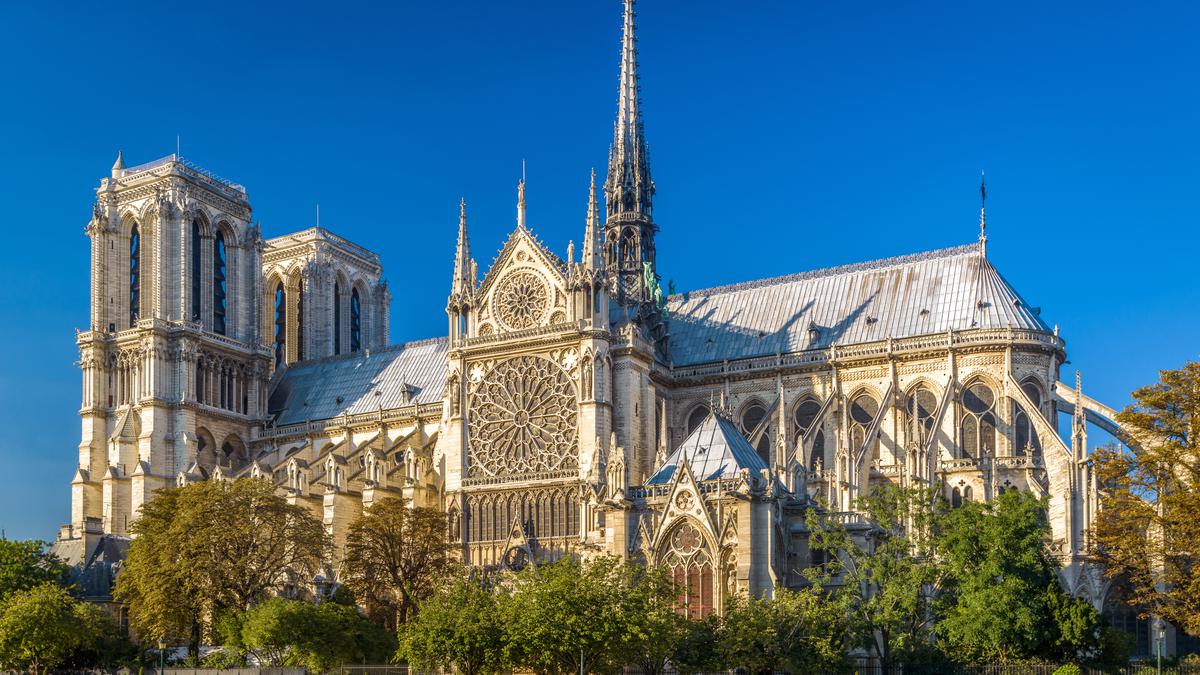




comments